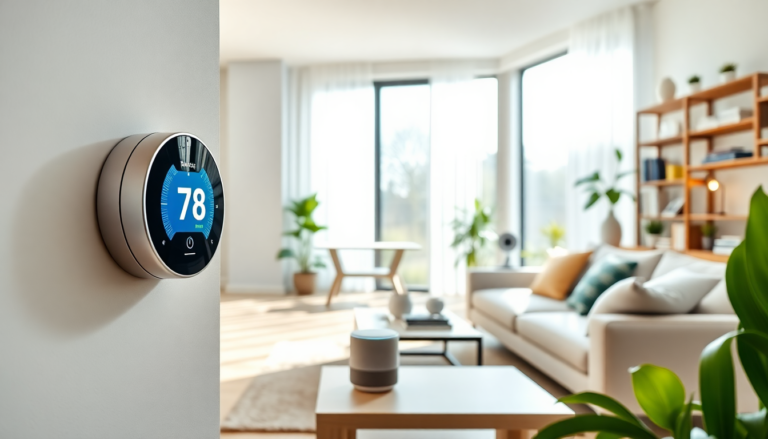Argomenti trattati
As smart home technology becomes a staple in our daily lives, the convenience it offers also brings along some serious cybersecurity risks. Have you ever considered how your smart thermostat or voice assistant could potentially be an entry point for cybercriminals? In this article, we’ll dive into the vulnerabilities of various smart home devices and share practical tips to bolster your home’s defenses against these potential threats.
Understanding the Risks of Smart Home Devices
The rise of connected devices in our homes is transforming how we interact with our living spaces. But while controlling everything from lighting to security systems with a simple tap or voice command is undeniably convenient, it also opens the door to cyber threats. Cybercriminals are increasingly exploiting the ‘Internet of Things’ (IoT) as a gateway to access personal data and infiltrate home networks.
Consider smart home hubs—the central control units for your various devices. Although they encrypt traffic, vulnerabilities still exist. Hackers can take advantage of these hubs to understand your daily routines and even determine when your home is empty. In some cases, they could gain control of door locks or drain the batteries of smart devices by bombarding them with data requests.
Then there are voice assistants, like Amazon Echo and Google Nest. If not properly secured, these devices can be manipulated by unauthorized commands or even triggered by accidental noises. Can you imagine the potential for unauthorized access to sensitive information, such as your shopping lists or personal schedules?
Furthermore, smart TVs can pose security risks as well. Cybercriminals may exploit built-in microphones and cameras, gaining access to your home network. Weak WiFi security and outdated software can make these risks even more pronounced, allowing hackers to intercept data or hijack your accounts linked to streaming services.
Common Smart Home Devices and Their Vulnerabilities
Let’s take a closer look at some common smart home devices and the specific risks they carry. Smart thermostats, for example, provide comfort and energy efficiency, but they’re not without flaws. A notable incident saw attackers remotely accessing a Google Nest thermostat and cranking the heat to dangerously high levels. Who would have thought a device meant to enhance comfort could turn into a potential hazard?
Smart doorbells, designed to boost security, can also be compromised if users rely on weak passwords. This can allow hackers to view live feeds or even disable the device. To safeguard against these risks, it’s essential to use strong, unique passwords and enable two-factor authentication wherever possible.
Even seemingly harmless devices like smart lightbulbs can be vulnerabilities. Poor encryption and outdated firmware leave them exposed. It’s crucial to choose bulbs that connect through secure hubs, keep the software updated, and follow strong network security practices.
Internet-connected appliances, from fridges to coffee makers, often arrive with default security settings that are easy targets for attackers. Changing those default passwords and regularly updating the software are vital steps in securing these devices. Additionally, connecting them to a separate guest network can dramatically reduce the risk of intrusion.
Practical Steps for Securing Your Smart Home
So, how can you maintain a strong security posture in your smart home? Start by changing all default passwords and ensuring you use strong, unique credentials for each device. Enabling two-factor authentication wherever possible adds an essential layer of security.
Regularly updating the firmware of your devices is equally crucial. Manufacturers often release patches to address vulnerabilities, and staying up to date can significantly minimize the risk of exploitation. Also, consider disabling features like remote access when they’re not in use to cut down on potential attack vectors.
Using a dedicated guest WiFi network for your smart devices can enhance security, isolating your primary network and making it harder for hackers to access sensitive data. Plus, look for smart devices that offer end-to-end encryption for added protection.
Lastly, stay vigilant about your online behavior. Avoid using public WiFi for syncing devices and be cautious of phishing scams that could compromise your credentials. Awareness of these risks is key to nurturing a secure smart home environment.
Conclusion: The Future of Smart Home Security
As the number of smart devices in our homes continues to rise, so does the potential for cyber threats. While the convenience of smart technology is a significant draw, it’s crucial to acknowledge the risks involved and take proactive steps to secure your home. By understanding the vulnerabilities of smart devices and implementing robust security practices, homeowners can enjoy the perks of technology without sacrificing safety and privacy. Are you ready to take control of your smart home’s security?

